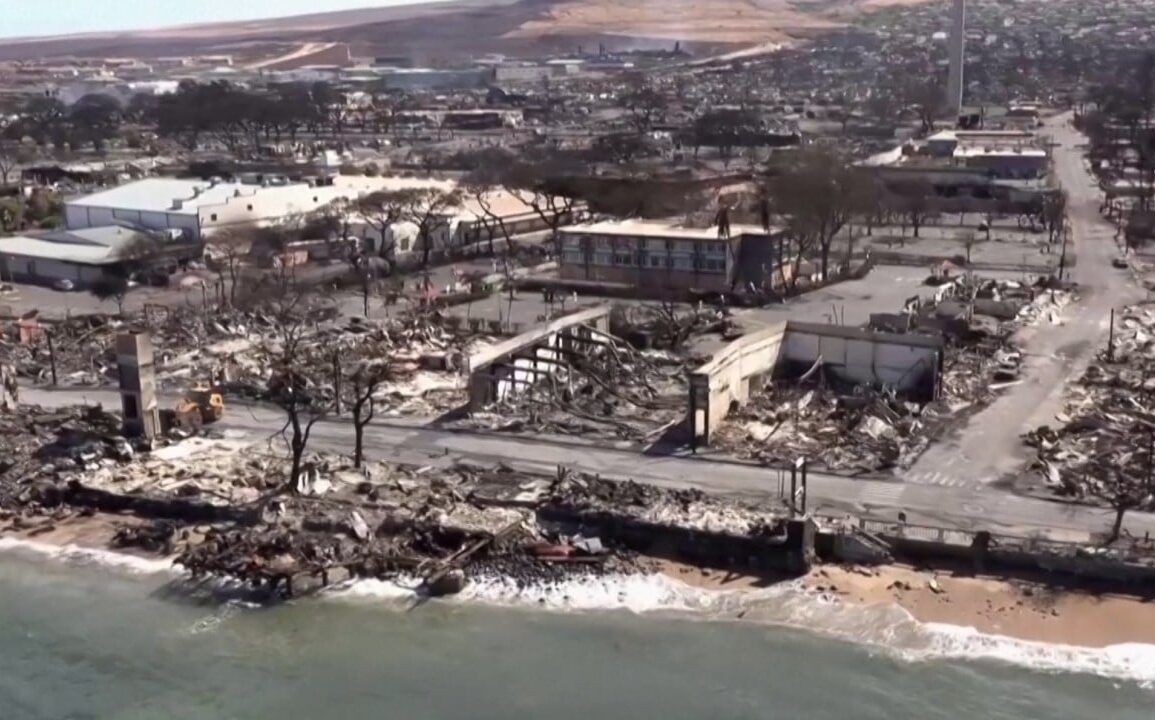Second, the significance of topography emerged as a common factor in both instances. In Beijing, the city’s susceptibility to flooding was influenced by its physical layout. Low-lying areas faced heightened risks as water naturally flowed into valleys, poorly drained basins and other urban depressions.
In Hawaii, the complex interplay of wind and terrain played a pivotal role in fuelling the wildfire. As wind cascaded over the mountains, the air dried out, becoming the ideal catalyst for igniting and spreading fires. Narrow canyons accelerated the wind, intensifying the spread of fires through hot embers.
The removal of natural habitat and urbanisation are also shared factors. In Beijing, urbanised regions faced a greater likelihood of flooding because of impermeable surfaces and inadequate drainage systems. The built environment exacerbated flooding during intense rainfall, making densely populated areas more susceptible to the ravages of water.
Advertisement
The alteration of Hawaii’s landscape over time, including building over wetlands and transforming native habitats, drastically changed the natural balance. Non-native grasses now cover a significant portion of the land while more than 90 per cent of Hawaii’s native dry forests have been eliminated, illustrating the loss of vital ecological systems.

Hong Kong can draw inspiration from Shenzhen, its neighbour from across the bay which serves as a prime example of China’s “sponge city” programme. In a span of five years, Shenzhen has successfully completed 26 sponge city plans and 1,361 projects, covering a total of 276 sq km of urban area.
What are ‘sponge cities’? How China is leading fight against urban flooding
What are ‘sponge cities’? How China is leading fight against urban flooding
Advertisement
It’s worth noting that safeguarding nature holds an additional benefit of mitigating climate change, given that nature operates as a carbon sink.
Second, strengthening the city’s ability to withstand extreme weather necessitates security risk assessments and formulating robust contingency plans. Hong Kong’s unique urban-wildland interface is prone to human-induced wildfires.
As climate change exacerbates this risk, the government should conduct research to understand the wildlife risk in Hong Kong, investigate the intricate links between climate patterns and wildfires, build future hill fire management strategies and establish a comprehensive centralised database on hill fires.
Advertisement
With Chief Executive John Lee Ka-chiu’s latest policy address approaching, his government must take this opportunity to incorporate these lessons and recommendations. To transform Hong Kong into a more liveable city, improve citizens’ lives and enhance the vibrancy of the city, we must take the climate crisis more seriously than ever.
Urgent action is needed now if we are to reach the goal of carbon neutrality by 2050 as targeted. By navigating the challenges presented by climate change, the city can turn them into an opportunity to build a more resilient and adaptable urban landscape for our future generations.
Kitty Tam Tsz-ching is programme lead at Civic Exchange think tank
Lawrence Iu is executive director of Civic Exchange, specialising in climate change modelling and carbon neutrality policies
Advertisement
This post was originally published on this site be sure to check out more of their content.









